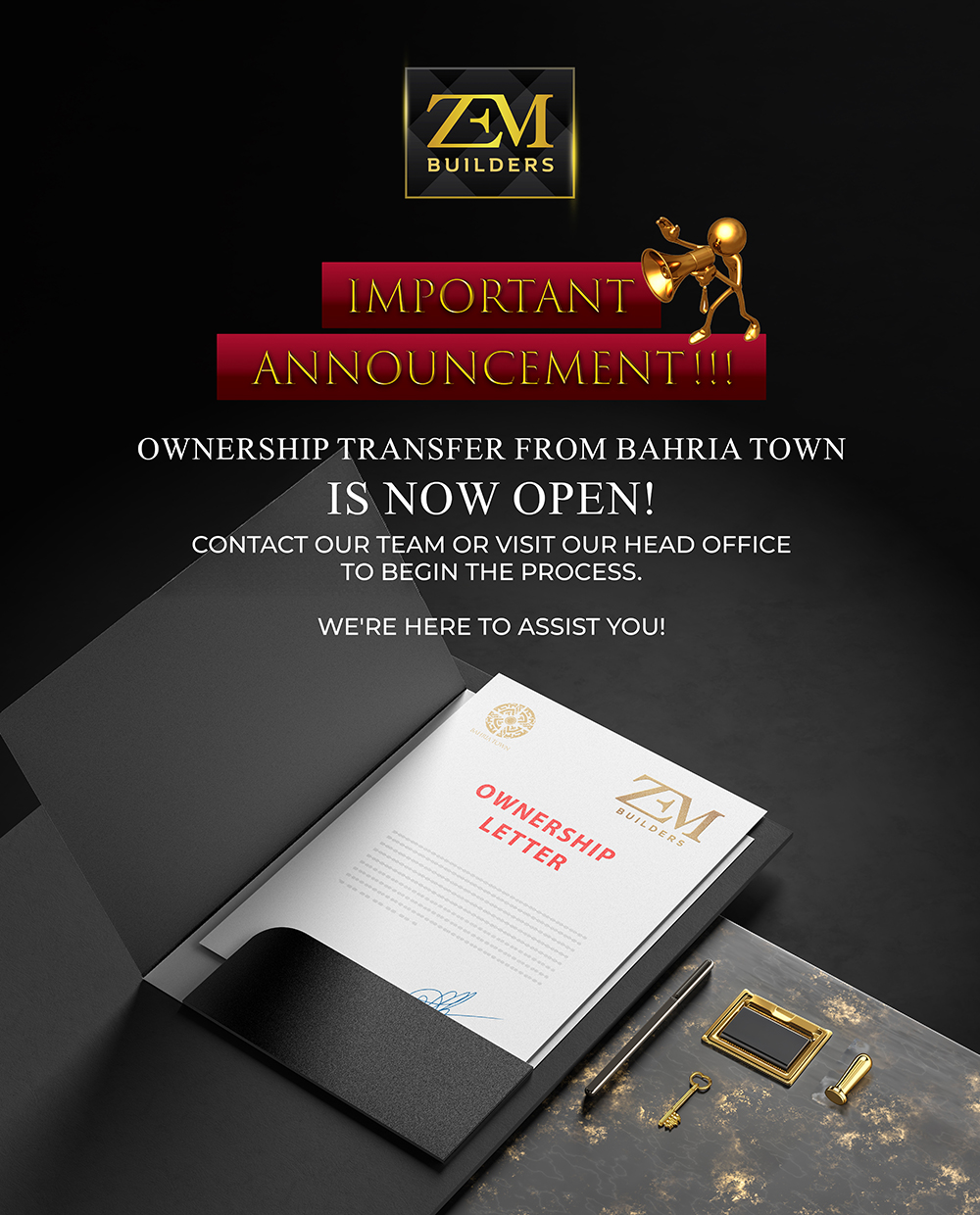Real Estate Photography Tips | Great 7 tips

As the saying goes, a picture is worth a thousand words. Real Estate Photography Tips are very important to be understood. This couldn’t be more true when it comes to Real Estate Photography Tips. In today’s digital age, buyers are increasingly relying on online images to make decisions about whether or not to purchase a property. In fact, studies have shown that listings with high-quality photos receive significantly more views and sell faster than those without. With that in mind, here are some real estate photography tips to help you capture stunning images that will make your listings stand out.
Understanding Your Equipment
Before you start taking pictures, it’s essential to understand your equipment. Whether you’re using a smartphone or a professional camera, take the time to familiarize yourself with the settings and features. Knowing how to adjust the aperture, shutter speed, and ISO can make a significant difference in the quality of your photos. Additionally, make sure your equipment is in good working order and fully charged before you start your shoot.
Preparing the Space
Once you have your equipment ready, it’s time to prepare the space. Start by decluttering and removing any personal items, as they can be distracting in photos. Make sure the space is clean and tidy, and consider adding some decorative elements to make the photos more visually appealing. Additionally, turn on all the lights and open the blinds to let in natural light.
Composition
Composition is critical in real estate photography. Before you start taking pictures, take a moment to consider the best angles and perspectives. Avoid taking photos head-on as they can make rooms appear smaller. Instead, try shooting from the corners to capture as much of the space as possible. Additionally, consider using a wide-angle lens to capture more of the room in a single shot.
Lighting
Lighting is one of the most crucial elements of photography, and real estate photography is no exception. When shooting indoors, make sure to turn on all the lights and open the blinds to let in natural light. Avoid using flash as it can create harsh shadows and distort colors. If necessary, consider using a tripod to keep the camera steady while taking long exposure shots.
Post-Processing
Once you’ve taken your photos, it’s time to edit them. Post-processing can help improve the overall quality of your photos and make them more visually appealing. Consider adjusting the exposure, contrast, and saturation to make the photos pop. Additionally, use photo editing software to straighten any crooked lines and remove any unwanted objects or blemishes.
Virtual Staging
Virtual staging is becoming increasingly popular in real estate photography. It involves adding furniture and decor to empty spaces using photo editing software. Virtual staging can help potential buyers envision themselves in the space and give them a better idea of what the property would look like furnished.
Hiring a Professional Photographer
If you’re not confident in your photography skills, or if you simply don’t have the time to take photos, consider hiring a professional photographer. A professional photographer can provide high-quality images that will make your listings stand out. Additionally, they have the equipment and expertise to capture the space in the best possible way.
Conclusion (Real Estate Photography Tips)
In conclusion, Real Estate Photography Tips is an essential aspect of selling a property. By following these real estate photography tips, you can capture stunning images that will make your listings stand out. Remember to understand your equipment, prepare the space, consider composition, use proper lighting, post-process your photos, consider virtual staging, and consider hiring a professional photographer.

For more articles, you can visit this link

